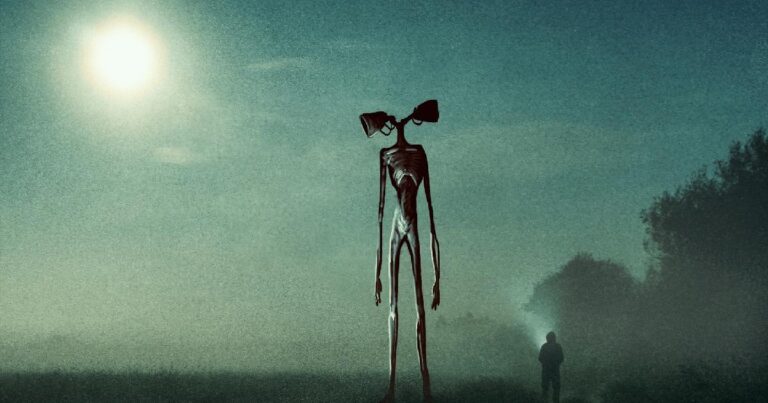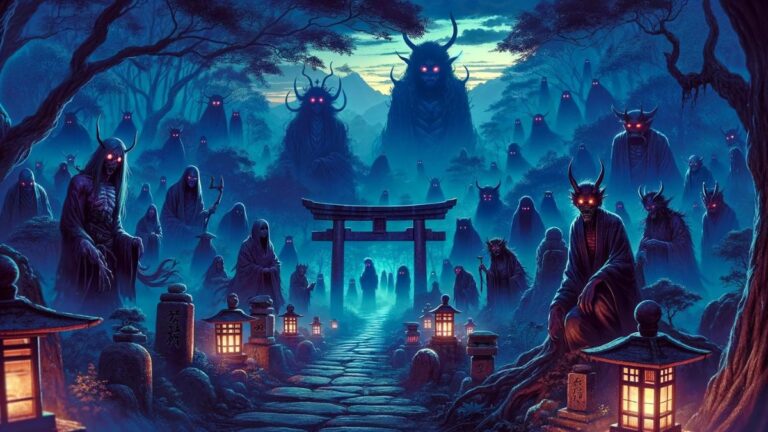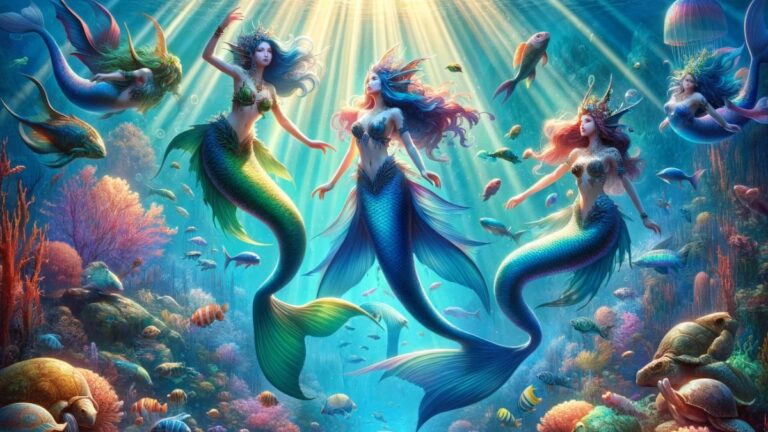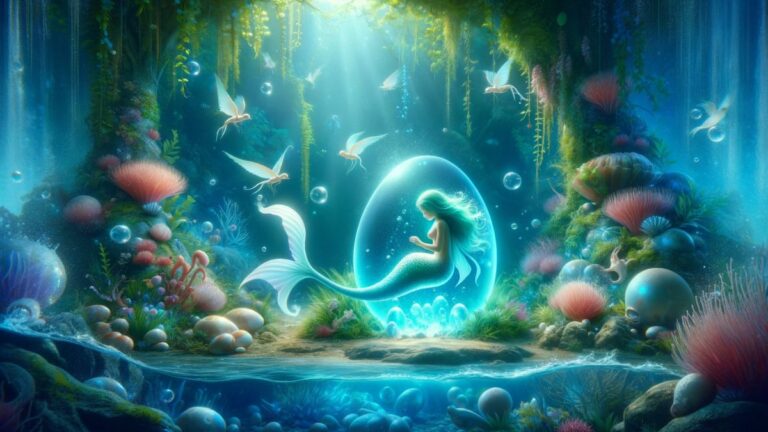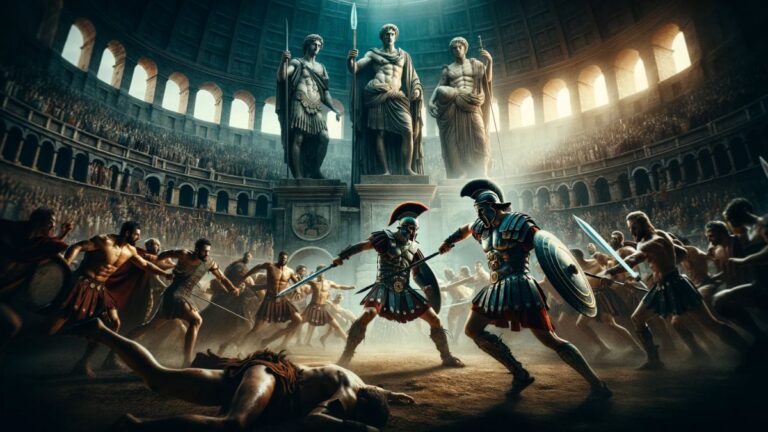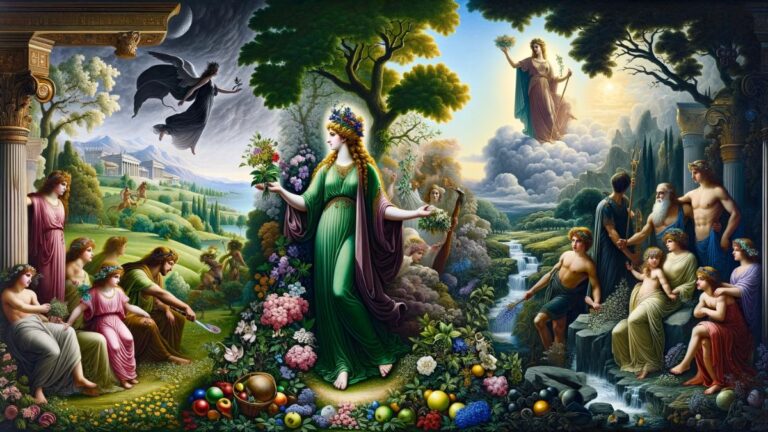10 Most Powerful Egyptian Gods (Ranked)

When we talk about the ancient world, Egypt’s gods always spark a bit of fascination. These deities were not just worshipped, they were the heartbeat of daily life and the essence of the mighty Nile’s mysteries. Imagine the powerful gods and goddesses, each with their own stories, shaping the sands and stars of ancient Egypt. It’s like stepping into a time when myths were alive, and every god had a role in the grand scheme of things. So, let’s dive into the world of Egyptian mythology and meet the top ten gods who held the reins of power.
Ptah

Ptah is often thought of as the craftsman of the gods, believed to have crafted the world through the thoughts of his heart and words from his tongue. This connection with craftsmanship made him highly revered among artisans and builders in ancient Egypt. He’s depicted as a bearded man wrapped in a tight cloak, holding a staff that combines the symbols of life, stability, and power.
As a god of creation and craftsmanship, Ptah’s influence extended beyond mere physical creation. He was also associated with the rebirth of souls in the afterlife, making him a key figure in Egyptian funerary rites. His powers were thought to bring things into being through thought and speech, which highlights the ancient Egyptians’ belief in the power of words and thoughts.
Sekhmet

Sekhmet, the lioness goddess, embodies the fierce and protective aspects of the sun’s power. She is often depicted as a lioness or as a woman with the head of a lioness, symbolizing her role as a warrior goddess and protector. Sekhmet is known for her wrath and was believed to unleash plagues upon the land as punishment, yet she could also bring healing and protection against disease.
Her dual nature of destruction and healing reflects the balance the Egyptians saw in the world around them. While Sekhmet could bring about disease and disaster, she was also invoked for her healing powers and protection, showing the duality of life’s forces and the respect the Egyptians had for the natural balance.
Hathor

Hathor, the goddess of love, beauty, music, and joy, was one of the most beloved deities in ancient Egypt. Often depicted as a cow, a cow-headed woman, or a woman with cow’s ears, Hathor symbolizes fertility, maternal care, and the nurturing aspects of nature. She was also associated with music and dance, believed to bring joy and beauty into the lives of the people.
Beyond her role as a goddess of love and joy, Hathor also had a significant role in the afterlife. She was believed to welcome the souls of the dead into the next world, offering them refreshment from her sacred tree. This shows her versatile nature, embodying both the joys of life and the comfort in death.
Thoth

Thoth, the god of wisdom, writing, and knowledge, was often depicted as an ibis or a baboon, animals associated with the moon and wisdom in ancient Egyptian culture. As the scribe of the gods, he was believed to have invented writing and the calendar, playing a crucial role in maintaining the universe’s order and recording the deeds of gods and mortals.
Thoth’s powers extended to the realms of magic and arbitration. He was often called upon in disputes among the gods, acting as a mediator. His association with the moon also made him a god of time and reckoning, emphasizing his role in maintaining cosmic balance and order.
Anubis

Anubis, with his iconic jackal head, is the ancient Egyptian god of mummification and the afterlife. As the protector of graves and guide to the dead, Anubis was responsible for overseeing the embalming process and guiding souls through the underworld. His presence ensured the deceased were properly cared for and judged fairly.
Anubis’s role in the weighing of the heart ceremony, where he weighed the hearts of the deceased against the feather of Ma’at, symbolized truth and justice. This crucial function highlights his importance in the journey of the soul and the ancient Egyptians’ deep concern with morality and the afterlife.
Seth

Seth, the god of chaos, storms, and disorder, was often depicted as a composite creature with a canine body and an unidentified head with squared ears. Despite his association with turmoil, Seth played a vital role in Egyptian mythology. He was the brother and rival of Osiris, and his battles with Horus are legendary tales of struggle and reconciliation.
Though Seth was often seen as a troublemaker, he also had positive aspects. He was considered the lord of the desert, protecting caravans and ensuring the safety of those who traveled through the barren lands. His complex character embodies the duality of life, where destruction and protection are two sides of the same coin.
Horus

Horus, the falcon-headed god, represents the sky, kingship, and victory. As the son of Osiris and Isis, Horus’s life story is one of avenging his father’s death and restoring order. He is often shown as a falcon or a man with the head of a falcon, symbolizing his dominion over the sky and his role as a protector of the pharaoh.
Horus’s power was believed to be manifest in the living pharaoh, making him the embodiment of divine kingship. His eye, the “Eye of Horus,” is a symbol of protection, healing, and restoration, reflecting his role in bringing balance and well-being to the world.
Isis

Isis, the goddess of magic, motherhood, and fertility, was one of the most important and complex deities in ancient Egypt. She was known for her unwavering loyalty to her husband, Osiris, and her son, Horus. Her powers of magic and healing made her a protector of the dead and a guide for the living.
Isis’s influence extended beyond the borders of Egypt, making her a goddess of universal significance. Her ability to bring Osiris back to life and protect Horus from harm showcased her power over life and death, embodying the ideal of maternal devotion and magic.
Osiris

Osiris, the god of the afterlife, resurrection, and fertility, is one of the most significant deities in ancient Egyptian mythology. He is often depicted as a mummified king, symbolizing death and rebirth. Osiris’s story is a tale of betrayal by his brother Seth and his eventual resurrection by Isis, illustrating the cycle of life, death, and rebirth.
As the ruler of the underworld, Osiris judged the souls of the dead, making him a pivotal figure in the afterlife. His association with vegetation and the Nile’s flooding reflects his role as a symbol of renewal and the fertility of the land, embodying the eternal cycle of life.
Amun-Ra

Amun-Ra stands at the pinnacle of the Egyptian pantheon, merging the hidden aspects of Amun with the visible power of Ra, the sun god. This combination made him the king of the gods and the creator of the universe. Amun-Ra was worshipped as the god of the sun, creation, fertility, and the ruler of all gods.
His influence was so vast that he was often called the ‘King of the Gods’. Amun-Ra’s power was believed to be all-encompassing, shining light on the truth, bringing life to the land, and maintaining the order of the universe. His worship extended across Egypt, reflecting his status as the supreme deity whose power and protection were sought by all.

